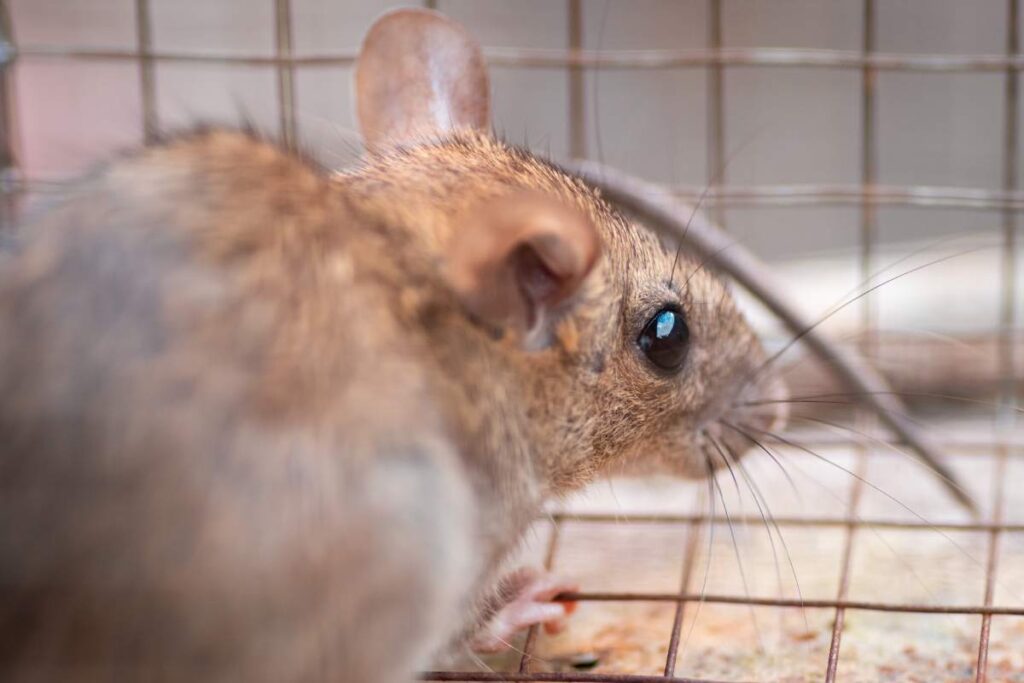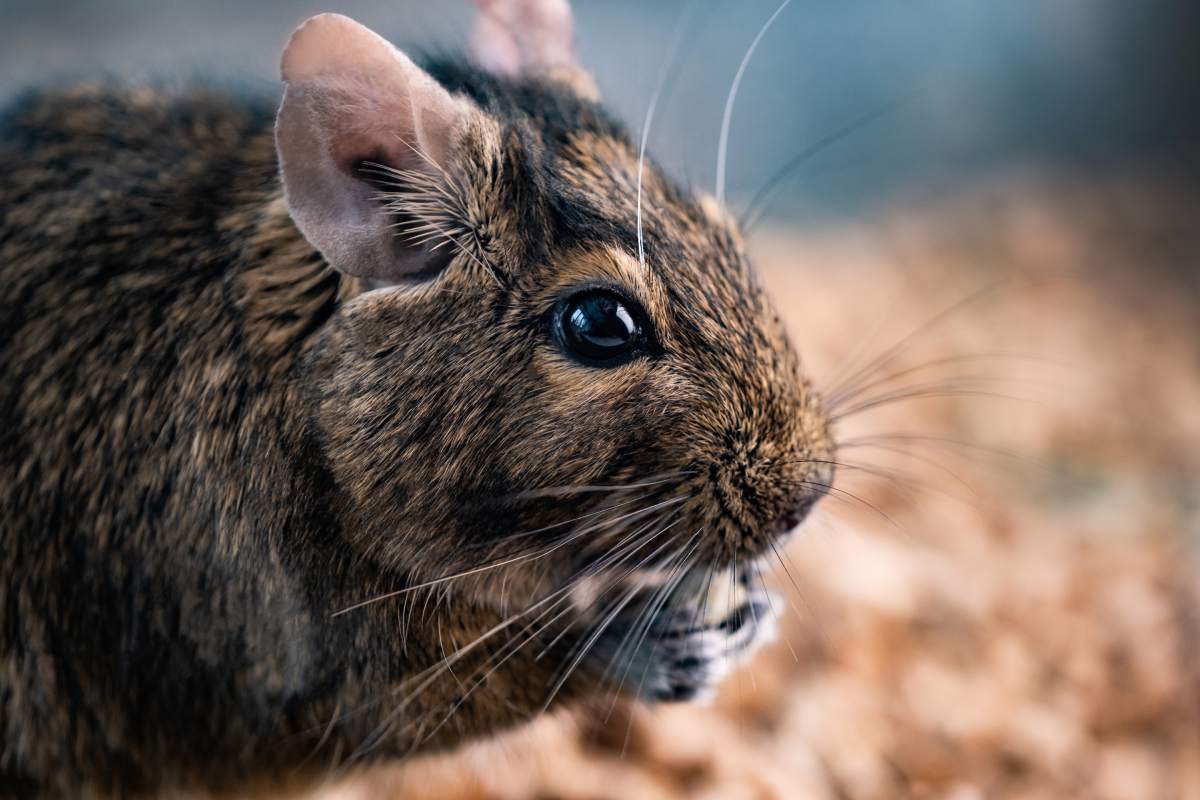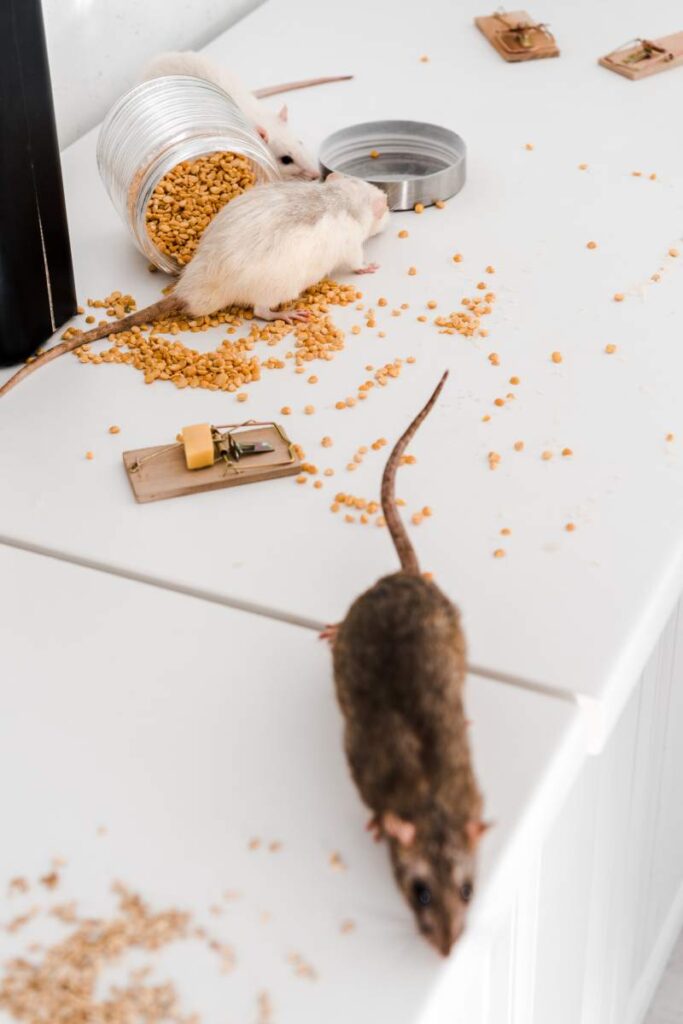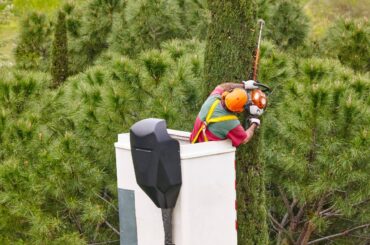Mice, rats, and other rodents are opportunistic creatures that are constantly seeking food, water, and shelter. Unfortunately, human homes often provide all three in abundance, making them highly attractive to these unwanted guests.
While mice and rats are a nuisance, they also pose serious health risks by carrying diseases and causing damage to your property. Understanding what attracts them to your home and knowing how to deal with an infestation is crucial to keeping your property rodent-free.
Common Attractants for Mice and Rodents
1. Food Sources
Rodents have a keen sense of smell, and they are drawn to even the smallest crumbs or food scraps left behind. Open garbage cans, unsealed food containers, pet food, and birdseed are irresistible to these scavengers. Kitchens, in particular, can be a buffet for rodents if not kept clean. Even small amounts of food residue on counters, under appliances, or in pantry corners can be enough to lure them inside.
2. Water and Moisture
Like all living creatures, rodents need water to survive. Standing water sources, such as pet bowls, leaky pipes, and even condensation around appliances, provide rodents with the hydration they need. Rodents are particularly attracted to areas where water and food are easily accessible, such as under sinks or in bathrooms.
3. Shelter and Warmth
Mice and rats look for warm, cosy places to nest and breed, especially during colder months. Homes provide numerous hiding spots, including attics, basements, and wall voids. These creatures can squeeze through surprisingly small openings, as little as a quarter of an inch for mice, to gain entry into your home. Piles of clutter, cardboard boxes, and insulation make ideal nesting materials.
4. Clutter and Hiding Spaces
Rodents are naturally cautious and prefer environments where they can remain hidden from predators. Cluttered homes provide ample hiding spaces. Piles of old newspapers, clothes, or cardboard in attics or garages can serve as perfect nesting sites. In outdoor spaces, overgrown vegetation, woodpiles, and unkempt gardens provide rodents with places to hide and build nests close to your home.

5. Easy Access Points
Rodents are agile climbers and can enter your home through small gaps and cracks in the foundation, roof, or walls. Vents, chimneys, and even gaps around doors and windows can become entry points. Overgrown trees or shrubs close to the house provide rodents with easy access to higher levels, such as attics or eaves, where they can chew their way in.
6. Pet Food
Pet food left outside or even indoors in easy-to-access bowls can be a major attractant for rodents. The smell of the food alone is enough to lure them in, and once they find a reliable source, they’ll return regularly. Storing pet food in airtight containers and ensuring pet bowls are cleaned regularly can help prevent this.
Signs You Have a Rodent Problem
While seeing a mouse or rat is a sure sign of a rodent problem, they are elusive creatures and often stay hidden during the day. Here are some common signs of an infestation:
- Droppings: Small, dark droppings are a typical sign of rodent activity. Mice droppings are about the size of a grain of rice, while rat droppings are larger.
- Gnaw Marks: Rodents have strong teeth and can chew through materials like wood, plastic, and even electrical wiring. Look for gnaw marks on baseboards, furniture, and food containers.
- Scratching Noises: Mice and rats are often heard before they are seen. Scratching noises in walls, ceilings, or attics, especially at night, are a strong indication of rodent activity.
- Nests: Rodents use shredded paper, insulation, and fabric to build their nests. Finding these materials in hidden corners or attics can signal a problem.
- Foul Odors: Rodents often leave a musky smell behind, especially in enclosed areas where they frequent.
What Should You Do If You See a Rodent in Your House?
Spotting a rodent in your home can be alarming, but swift action can prevent a full-blown infestation. Here’s a step-by-step guide on what to do:
1. Stay Calm
Rodents are more afraid of you than you are of them. If you spot one, resist the urge to panic. Move slowly and avoid loud noises, as they can scurry into hiding quickly.
2. Identify the Type of Rodent
Knowing whether you’re dealing with mice or rats can help you tailor your approach. Mice are smaller, have larger ears relative to their bodies, and are more likely to infest homes. Rats are larger, have smaller ears in proportion to their size, and prefer to live outdoors but may enter homes for food and warmth.
3. Inspect Your Home for Entry Points
Look for small cracks, holes, or gaps around doors, windows, vents, and utility lines where rodents might have gained entry. Use steel wool or caulk to seal these areas, as rodents can chew through most other materials like plastic or wood.
4. Set Traps
Traps are an effective way to catch rodents if the infestation is small. There are various types of traps available:
- Snap Traps: These traditional traps are effective for both mice and rats. Place them along walls or in areas where you’ve seen signs of rodent activity.
- Glue Traps: These sticky traps capture rodents when they run across them, but they can be inhumane, as the trapped rodent suffers before dying.
- Live Traps: These are designed to capture the rodent without killing it, allowing you to release it far from your home.
Make sure to place the traps in areas where rodents frequent, such as near food sources or along walls.
5. Call a Professional Exterminator
If you see multiple rodents or the problem persists despite your efforts, it’s time to call a professional. Exterminators can help locate nests, assess the level of infestation, and provide more effective solutions, such as baiting and sealing entry points.
Proper pest control services should be accessible to everyone who needs them, not just those with higher incomes. At Pest Control Brisbane.com, you can rely on getting the best pest control whenever you need it.
6. Prevent Future Infestations
Once you’ve dealt with the immediate problem, it’s essential to take preventive measures to avoid future infestations:
- Keep Food Sealed: Store food in airtight containers and clean up crumbs and spills immediately.
- Remove Water Sources: Fix any leaky pipes and ensure there are no standing water sources.
- Declutter: Regularly clean out cluttered areas like basements, attics, and garages where rodents could nest.
- Maintain Your Yard: Keep bushes trimmed, store firewood away from the house, and eliminate debris that could provide shelter for rodents.
7. Be Vigilant for Signs of Reinfestation
Even after dealing with a rodent problem, it’s important to stay alert. Continue to inspect your home for new droppings, gnaw marks, or scratching noises, as these can indicate that the rodents have returned.
Conclusion
Rodents are attracted to homes because of the basic necessities of food, water, and shelter. To prevent an infestation, it’s important to understand what draws them in and take proactive steps to remove these attractions.
If you notice a rodent in your home, it’s crucial to act quickly to stop a small issue from becoming a major infestation. Using traps, sealing entry points, and maintaining a clean, clutter-free home are all effective strategies for keeping rodents away.
If the problem continues, don’t hesitate to contact a professional exterminator like Pest Control Brisbane.com to safeguard your home and your health.






